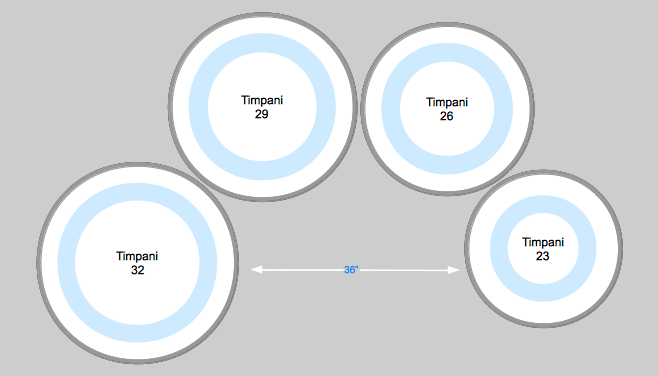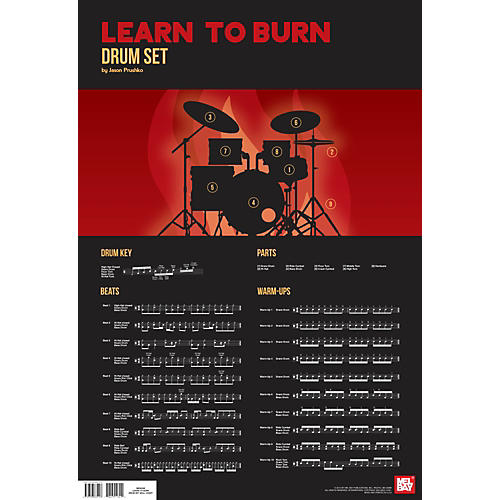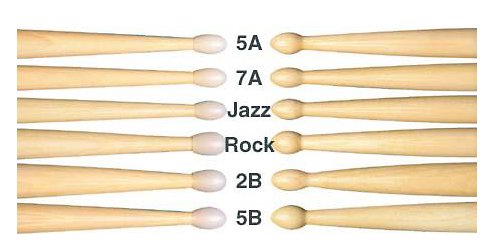

You'll find these sticks in any good music shop, and they will all be a valuable addition to your stick bag. Rods are also useful if you want a lighter, more woody sound while playing pop or rock music. If you want to play jazz or light pop music in small venues or in the studio, you might want to buy some brushes. Beaters and mallets are particularly useful for cymbal or tom tom swells, something that you'll be doing lots of if you intend to play theatre productions or music for film. In addition to your drumsticks, you might want some specialist beaters, mallets, or brushes. Wood tips offer a darker less resonant tone while nylon sticks offers a brighter, sharper sound, especially from cymbals.

The only way to choose the right tip for you is by trying them out both on a practice pad, and on your drums and cymbals.īesides the different shapes, tips can come in wood or nylon. The large surface area means that even more of the stick is heard.
Elongated acorn tip produces a very woody stick definition. The barrels size produces greater volume so cymbals sound more washy and less controlled. Barrel tip produces a big meaty sound. As more wood makes contact, we can hear the stick more clearly. Acorn tip produces a “fatter” sound than a small bead does. Cymbals sound more controlled and drums sound slightly crisper. Small bead tip produces a light, focused sound. Here's a guide to what sort of sound you can expect from some common tip shapes. The stick’s tip dictates the initial sound as the stick strikes a surface. In fact I'd urge you to develop enough control to be able to play at all volumes regardless of the stick you're using. This is just a guide, and there's no reason you can't play metal with a pair of 7A sticks, or jazz with a pair of 2B sticks. 2A - thick sticks ideal for loud music such as rock or metal. Good for rock and pop as well as louder volume jazz applications. A good all rounder capable of louder volumes and light playing. 7A - ideal for light acoustic or orchestral playing. Great for quiet volumes such as background jazz or orchestral playing. This means then that a 5B stick is slightly thicker than a 5A stick.īelow is a list of some common stick sizes and their pros/cons and suggested applications. “ A” refers to “orchestra.” These sticks were traditionally even lighter than “B” sticks, and were used for light orchestral or small band playing. “ B” refers to “band.” These sticks were traditionally lighter than “S” and used for most band applications. They're thicker and offer greater volume. “ S” refers to “street.” These sticks were traditionally used for marching drummers or drum line performers. The letter was traditionally used to signify the stick’s application. A thicker stick is louder, more durable, and better suited to heavier styles of music (rock, metal, big band). A thinner stick is less durable than a thicker one, and it is also lighter, which makes it more appropriate for quieter styles of music (jazz, acoustic pop). The sticks circumference is the biggest indicator of its durability and the musical application it was designed for. For example, a 7A stick is thinner than a 5A stick, which in turn is thinner than a 2B stick. 
The lower the number, the thicker the stick. The number refers to the circumference or thickness of the stick.
#Drum size chart code
Drum kit manufacturers use a universal code for labelling the approximate size and weight of drumsticks, although exact measurements vary between brands If you've spent any time shopping for drumsticks, you've probably seen a bunch of numbers and letters that you don't recognise (e.g.







 0 kommentar(er)
0 kommentar(er)
